Anna Maria Luisa, the last of the Medici family
Anna Maria Luisa de’ Medici is mostly known for being the last one of her family. But she was much more than just the last member of her bloodline before extinction.
I want instead to remember her for her personality, for her culture and her taste. But most of all, for the amazing lagacy that she left to all of us: the artistic heritage of Florence. If today Florence is so rich in art, it’s only thanks to her.
In case you’d like to know more about her and her role in the conservation of cultural heritage of Florence, here you’ll find a short biography of her.
Are there any Medici left? No, there are no descendants of the Medici left today. The family ended with the death of Anna Maria Luisa.
Of course there are thousands of people with some DNA or “blood” in common with the Medici, but that means nothing. If someone is claiming to be a descendant of the Medici, is a scammer or has been scammed. To claim something like that, historical evidences must be provided, and in 3 centuries nobody was able to do that.
If you want to learn more about her and her ancestors take a Medici walking tour in Florence with me! I am a licensed local tour guide in Florence with 10 years of experience.
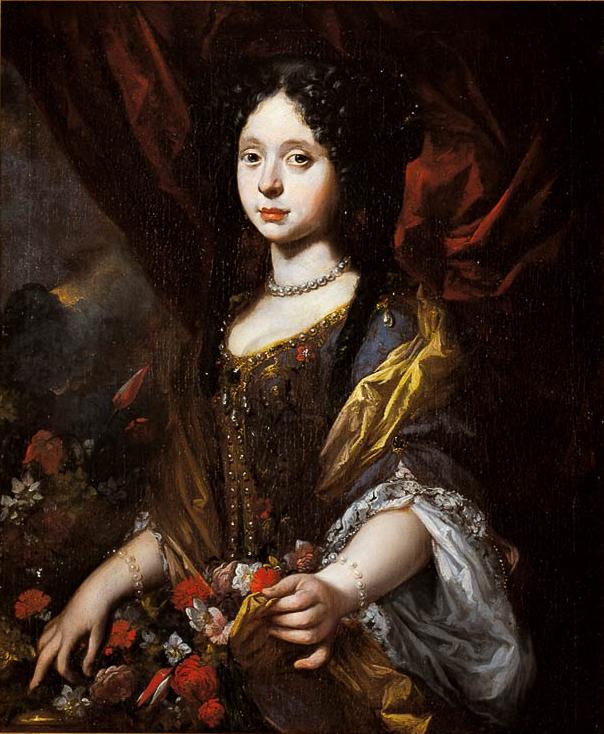
Anna Maria Luisa, biography of the last Medici
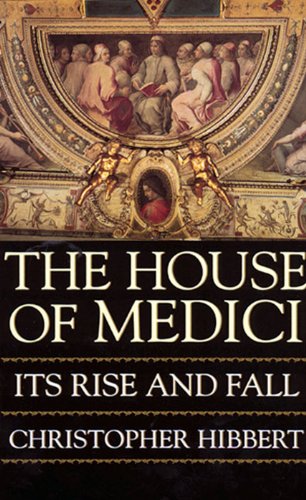
Anna Maria Luisa de Medici, the last of the Medici family, was born in Florence in 1667 from Cosimo III de Medici and Marguerite Louise d’Orleans. Cosimo and Marguerite never loved each other. On the contrary, their relationship was bad from the first day of their marriage. Marguerite was so sick of living in Florence with Cosimo that in 1677 she left Tuscany, her children and her husband and returned to France to live in a convent. Anna Maria Luisa and her two brothers were thus raised by their paternal grandmother, the Grand Duchess Vittoria della Rovere.
Anna Maria Luisa was an educated woman, a lover of music, theatre and art. She was very religious and had great moral rigor, but she also loved fashion and jewels.
As was common of the era, her marriage was planned around a table by her father, and her groom was chosen very carefully according to political alliances and friendships. The eventual choice was Johann Wilhelm II, Elector Palatine Prince of the Austrian Empire. This meant Anna Maria Luisa earned the title of Palatine Electress and moved to Dusseldorf. She remained in Dusseldorf for 25 years until the death of her husband.
Anna Maria Luisa and Johann Wilhelm lived a happy and fulfilled marriage however did not have any children. She is thought to have been infertile due to syphilis, which she allegedly contracted from her husband.
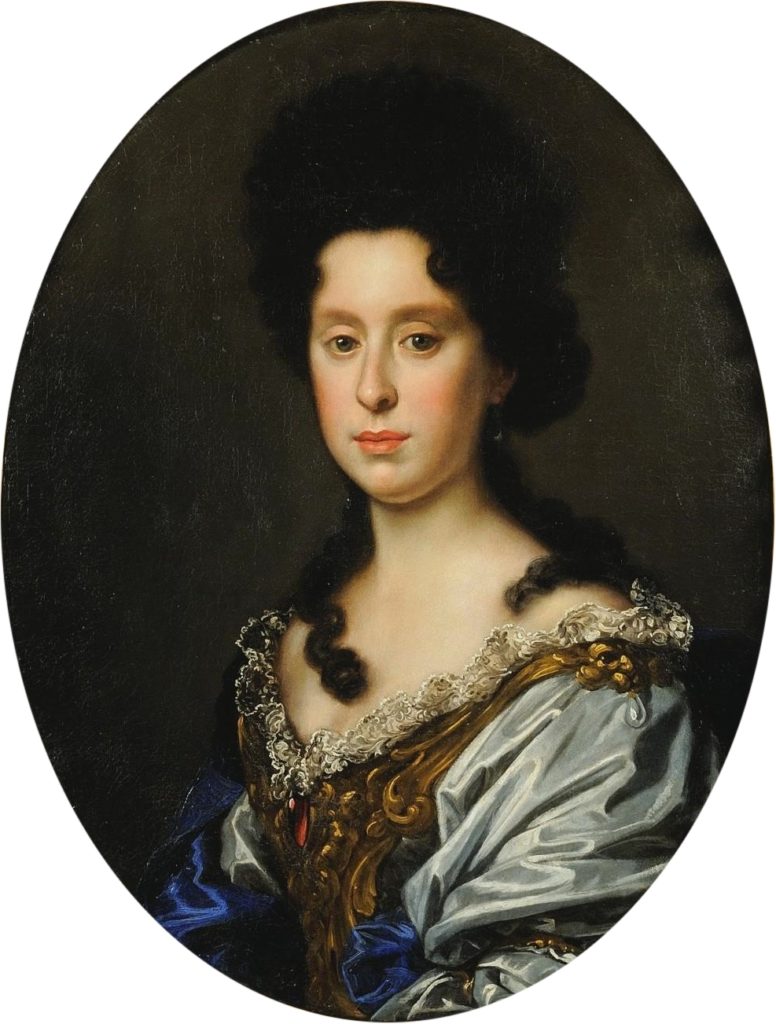
Back to Florence
The situation with her brothers was much the same, the youngest born Grand Prince Ferdinando died young and childless. Her older brother Gian Gastone lived a very dissolute life, had many vices a bad reputation and no heir. In short, the Medici family had no more direct descendants so was destined for extinction. Father Cosimo III did his best to get his daughter the right to inherit the throne, or the possibility of adopting an heir, but it was to no avail. In addition, many European powers were more than happy to get their hands on Tuscany.
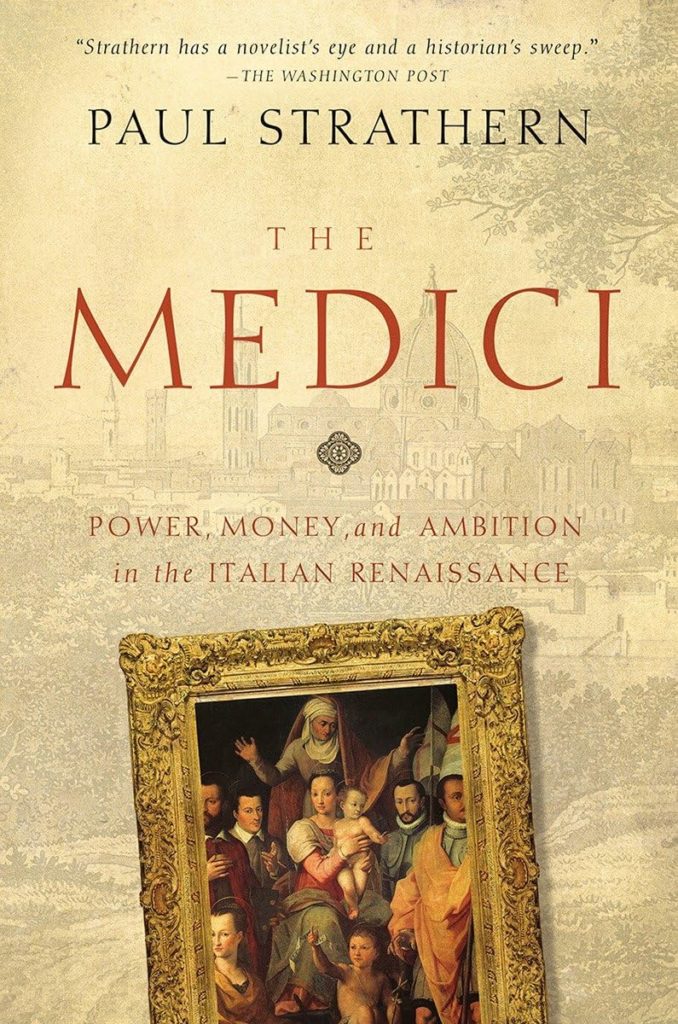
Widowed, in 1716, Anna maria Luisa de’ Medici returned to Florence, where her father Cosimo III was still reigning. Her older brother Ferdinando had already died childless of syphilis, while the marriage of his younger brother Gian Gastone had foundered even before generating an heir: the extinction of the family was now almost certain. On the death of Cosimo III, in 1723, Gian Gastone ascended the throne of Tuscany, with whom Anna Maria Luisa did not get along at all, she with her strict morals, he with his vices and debaucheries. So she retired to Villa La Quiete, in the Florentine countryside, until her brother’s death.
At that point she knew that she would have been the last Medici. After her death there would be no more trace of her family. This would mean that the Grand Duchy of Tuscany would pass into the hands of Hapsburg-Lorraine, becoming a small province of a great empire, the Austrian Empire.
- You might also like: best books about the Medici of Florence
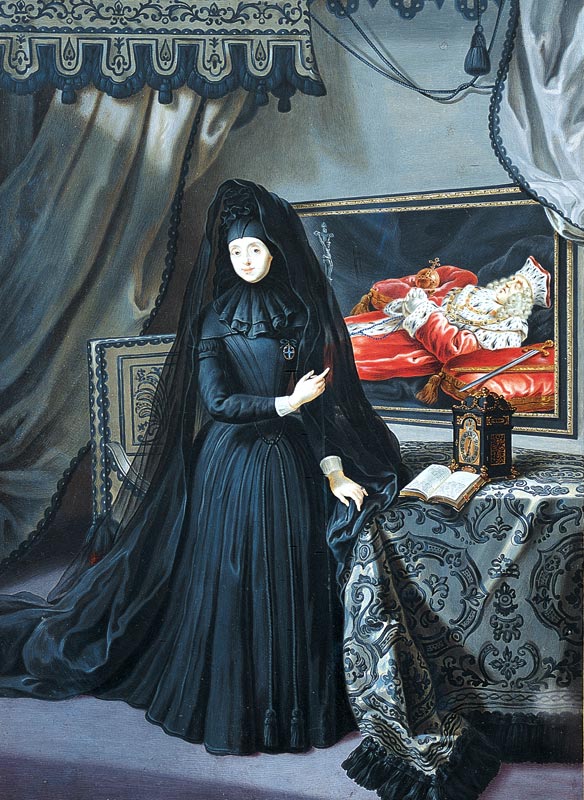
The legacy of the last of the Medici family
Upon Gian Gastone’s death, in 1737, the Hapsburg-Lorraine officially took over as the new Grand Dukes of Tuscany. But Anna Maria Luisa kept many properties, including the art galleries and collections. She continued to live in Palazzo Pitti to take care of the artistic heritage and the reorganization of the family collections.
Fearing that the city would lose its artistic reputation, in 1737 Anna Maria Luisa stipulated with the Hapsburg-Lorraine the famous Family Pact, which was an agreement that Lorraine would have to contain all of Florence’s precious art inside the city. Centuries later this has meant Florence has flourished and sustained its own artistic and architectural heritage.
The Palatine Electress was incredibly modern and forward thinking, she established the fact that all works of art were bound “so that they remain as a state ornament, for the Public Utilities and to attract the curiosity of Foreigners”. This meant that even 300 years ago she was thinking of the potential advantageous possibilities of tourism.
The many works of art bound by her Family Pact included not just paintings and statues, but also palaces, gardens, libraries, jewelry, scientific collections and much more.
Anna Maria Luisa, the last of the Medici family, died in the Pitti Palace on 18 February 1743, at the age of 76. She was buried in the Medici Chapels, in the San Lorenzo church, where she still rests.
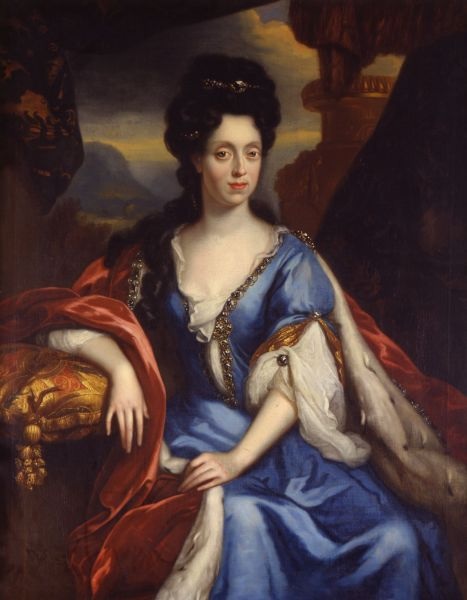
Anna Maria Luisa de Medici in Florence today
The spirit of this intelligent and determined woman still lives in Florence. She symbolically welcomes visitors at the Uffizi Gallery through a portrait in the entrance room of the museum. That’s meaningful, because in The Family Pact she specified that the Hapsburg-Lorraine should have turned the Uffizi from a private art gallery into one of the first public museums.
Every year we remember this great woman on the day of her death, on 18th February, with a small ceremony at the Medici Chapels, where she is buried. A wreath is carried on her grave by the Historical Parade of the Florentine Republic. Also, on that day the city also opens up some of its museums for free. I am sure that she would be very happy about that!
- You might also enjoy reading: Lorenzo de’ Medici’s biography
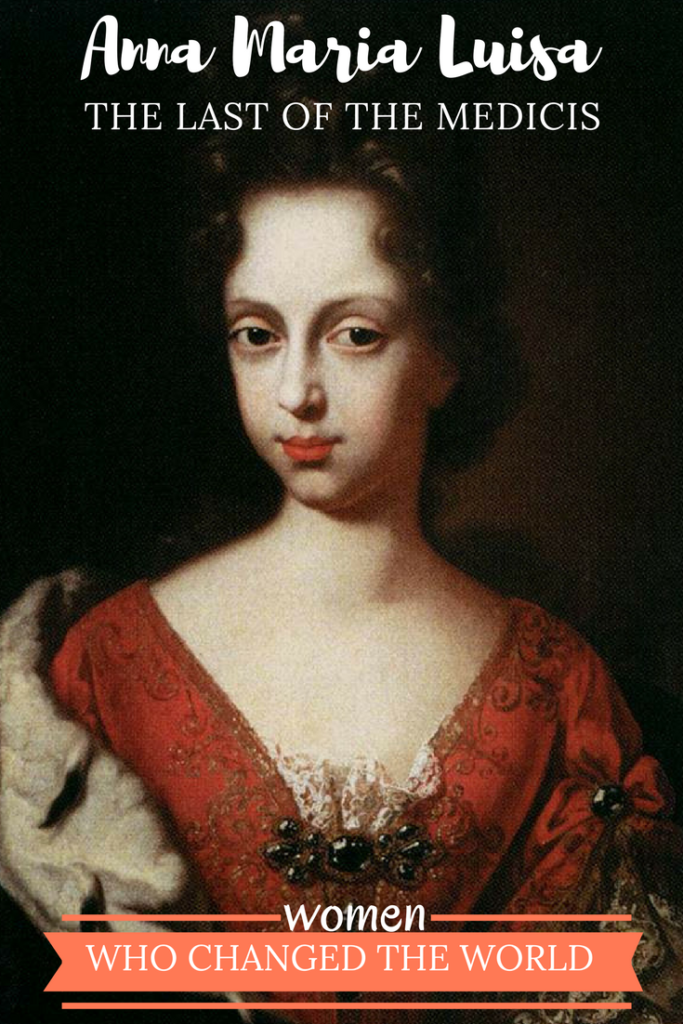
i have re fallen in love with florence after having visited it for the first time in the 2000’s. I took my daughter and we visited everywhere and I am in love with the medici heritage and find their legacy majestic and magical.
Thank you so much for this post on Anna Maria Luisa which I greatly appreciate. I remember my first visit to Florence back in the ’90’s with huge pleasure, it gave life to what I only knew as written and visual history. But I was not aware of the debt owed to this impressive woman. Living as I do in Oxford, UK, where were have great museums and libraries, also as a result of great benefactors, I can see why you have written your post with such respect, gratitude and love for someone who might easily be forgotten. Thank you again.
thank you William for your comment, I truly appreciated it!
Interesting family. How does one go from poor to not just of wealth; but have political influence in such a short period of time.. Then die out…
nothing lasts forever 🙂
Syphilis
good point
Ha!
I’ve heard that the Medici family crest was the three balls that frequently connote a pawn dealer establishment. Knowing the Medici family was into the banking business, is it plausible they eventually became pawn brokers?
no, they never became pawn brokers, and their crest doesn’t have three balls. The crest originally had 5 balls, that became 6 or 7 with the passing of time. The meaning of the balls is still uncertain and debated.
Saya baru ke Firenze 2024 ini, dan saya langsung jatuh cinta dg kota ini
Saya sangat meyakini bahwa Tuhan memberikan berkatNya ke beberapa kota yg selalu melahirkan orang-orang hebat termasuk keluarga Medici
Terima kasih untuk tulisan Anda, sekali waktu saya akan ke Firenze lagi dari Indonesia
Thanks a lot Reynold!
Thank you for the interesting, informative article about Anna Maria Luisa. What an amazing and progressive woman she was especially so long ago! I love Florence, my favorite Italian city from which we’ve just returned after a third visit in May. Thank you for the enlightening story of this woman without whose forward thinking as you mention would not have preserved all the art, sculptures and palaces which make Florence such a special place. 😊
Remarkable family.They produced two queens of France and several popes.
Memories of Florence forever engraved in my mind. Majestic, elegant, cultural, beautiful, eternal. Thank you!